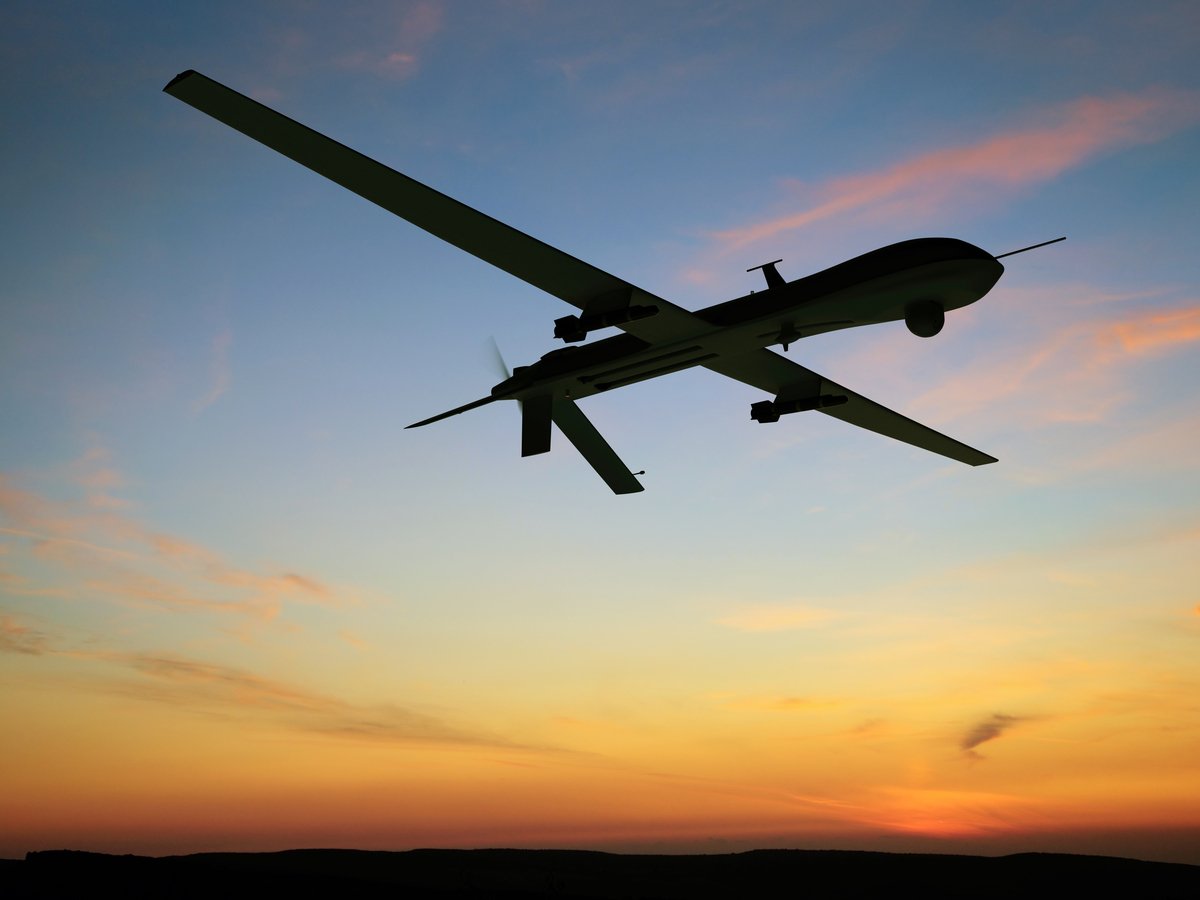Look at the calendar: Is the year 2019...or is it 1969? It almost seems we've traveled 50 years back in time, because all of a sudden everybody wants to go to the moon again.
Down in Florida, Jeff Bezos's Blue Origin is building a "New Glenn" rocketship and a "Blue Moon" lander, and offering to use them to deliver NASA science packages to the moon. Out in California, SpaceX CEO Elon Musk -- although still mostly obsessed with colonizing Mars -- says that if NASA is dead set on the idea, he has "nothing against" making a pit stop at Earth’s moon along the way.
NASA itself, of course, which organized the original moon landings back in the 1960s and 1970s, is currently engaging contractors such as Boeing (which helped build the original Saturn V moon rocket), to build it a Space Launch System capable of returning to the moon.

Play it again, Sam! NASA is preparing to return to the moon. Image source: Getty Images.
Beyond the usual suspects
These are the familiar players in a renewed moon race, vying with rivals from China and Russia to return Homo sapiens to Luna. But as it turns out, NASA is also interested in attracting new companies to the moon race -- and using competition from such companies to bring down the cost of spaceflight.
It's been a little more than a month since NASA introduced us to a few of the candidates it's discovered, announcing a group of nine separate companies that it will be partnering with to develop "Commercial Lunar Payload Delivery Services." Some of them you may have heard of -- others, you won't have.
Here's the full list:
- Lockheed Martin (LMT +0.85%) needs no introduction.
- Astrobotic Technology, in Pittsburgh, Pennsylvania, is advertising a price of $1.2 million per kilo of payload to the moon. Appropriately, therefore, in addition to NASA, United Launch Alliance, and Airbus, Astrobotic says it is partnered with...DHL.
- Deep Space Systems of Littleton, Colorado, specializes in "soft products" such as flight software, and has done design and development work for various Mars probes, landers, and rovers. It partners with the next company:
- Intuitive Machines, in Houston, Texas, is developing a "Nova-C" lunar lander and a "Universal Re-entry Vehicle" to "return payloads from LEO [low earth orbit] and Lunar Environments."
- Firefly Aerospace, another Texas firm, is the successor of Firefly Space Systems -- which went bankrupt, was liquidated, and had its assets sold off in March 2017. Now renamed and reincorporated by the new owner, Firefly Aerospace hopes to have a rocket ready to launch payloads into space as early as this year.
- Masten Space Systems of Mojave, California, once a contender to build DARPA's XS-1 space plane, is now developing a lunar lander called the XL-1.
- Draper (The Charles Stark Draper Laboratory), in Cambridge, Massachusetts, is a frequent winner of large Pentagon contracts, such as its $109 million contract to research automated guidance technologies.
- Orbit Beyond, of Edison, New Jersey, says it will have a "spacecraft ready to fly to the moon in 2020."
- Last but not least, Moon Express -- based in Cape Canaveral, Florida, just down the road from SpaceX's launch sites -- recently participated in Google's Lunar XPRIZE competition, and even more recently partnered with Canada's space agency to develop technologies for mining the moon.
What does NASA's announcement actually mean?
Now it's important to note that just because NASA is "partnering" with these companies doesn't mean that it will be paying all of them, or that any (besides Lockheed) will ever evolve into viable businesses that we'll be able to invest in -- but they might.
NASA's partnership announcement confirms that, out of the several companies that sought partnerships, these are the nine companies granted permission "to bid on NASA delivery services to the lunar surface through Commercial Lunar Payload Services (CLPS) contracts." In other words, this is NASA's short list for awarding contracts in the future -- and those contracts could be substantial.
Total funds available for award through CLPS contracts could total as much as $2.6 billion over the next decade, and awards could begin coming as soon as this year. Indeed, the first batch of proposals for CLPS contracts is due in at NASA this very month. And while there's no word yet on when NASA might begin announcing its awards, the fact that the agency says "lunar payloads could fly on these contracted missions as early as 2019" suggests that in less than a year, winners and losers under CLPS could start to become clear.
Additionally, NASA notes that it "expects to be [only] one of many customers that will use these commercial landing services" as the companies begin rolling them out, so $2.6 billion could be only the beginning. Once NASA has given its stamp of approval to certain companies and their technologies, that's likely to encourage other private companies (which might also be interested in mining the moon) to step up and hire the same contractors as well.
Will this provide the necessary momentum to transform one or more of these space start-ups into the next hot space IPO? I'll be watching, and as soon as I know, I'll let you know.
Check out all our earnings call transcripts.






